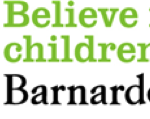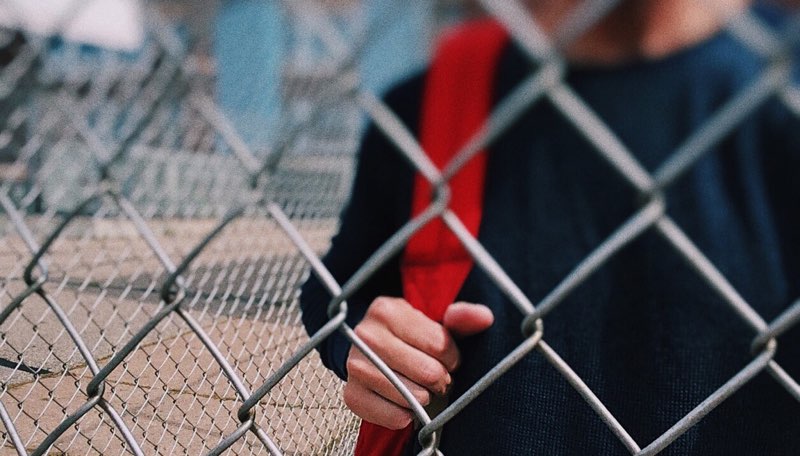A recent survey has revealed children’s top fears about going back to school. Barnardo’s has put together a list of things you should know about anxiety. Or alternatively, you could read the whole article here: “Survey reveals children’s top back to school anxieties”
1. Anxiety presents itself in different ways
Anxiety can look different from one person to another. There are immediate physical symptoms that might be recognised easily – like shaking, sweating and going red – but there can be other symptoms that aren’t obvious, like difficulty sleeping, restlessness and stomach aches that can come and go.
Other signs – like racing thoughts, finding it difficult to concentrate and wanting to withdraw from social situations – are harder to spot and might not be obvious to a child.
2. Children need help to identify their anxiety too
In fact, some children can find it hard to identify thoughts (and distinguish them from feelings) altogether. However, it’s important to be aware of thoughts to be able to identify anxiety.
Anxious children tend to express their anxiety in their thoughts. They may jump to negative conclusions about situations. For example, if a parent is late coming home one day, they might worry that this is because there’s been an accident. Anxious children are also more likely to have negative thoughts about themselves and may think they’re not good enough, not well liked enough or bound to fail – which can lead to them avoiding certain situations. Getting them talking about their thoughts can help.
3. Talking about anxiety can help
Communication is vital in getting to the root of a child’s anxiety. Gently asking the right questions can help them to find the thought that is troubling them. For example, if they suddenly show signs of being scared or worried, ask them to describe what they think might be happening to make them feel this way. Talking it through can help lead them to finding the thought at the root of the anxiety.
Once you’ve identified this, you can work together to discuss how helpful these thoughts are, or how likely a potential outcome might be. There’s more help on this in our guide to coping with anxiety.
4. Experiencing anxiety is normal
Anxiety becomes an issue when it impacts a person frequently and when worries are difficult to manage, but anxiety itself is normal and common. Most adults will be able to recall a time or a situation which made them feel anxious. It might have been down to an exam, a ride on a rollercoaster or speaking in front of lots of people. It’s totally normal to experience it at some point in life. This is important to remember and can help children feel better about dealing with their own anxiety.
5. There are ways to manage anxiety and anxious thoughts
Your child doesn’t need to feel they’re alone in trying to cope with anxiety. And it can be helpful to remind them that while anxiety can feel overwhelming and very uncomfortable at the time, it will pass and will not harm them.
Our practitioners use different exercises to help young people control their anxiety as and when it appears and you can use these too.
You’re not alone, get help
Barnardo’s is a charity that can offer specialist support services designed to help children deal with anxiety and other challenges. Go to their website to find out more about how they could help you, or indeed how you could help them: www.barnardos.org.uk

Barnardo's
Barnardo's is a British charity founded by Thomas John Barnardo in 1866, to care for vulnerable children. In the late 20th century, it was implicated in the scandal involving British children sent abroad as child slaves. As of 2013, it raised and spent around £200 million each year running around 900 local services, aimed at helping these same groups. It is the UK's largest children's charity, in terms of charitable expenditure. Its headquarters are in Barkingside in the London Borough of Redbridge.




![Powerful Pride documentary Legendary Children [All Of Them Queer] streaming very soon](https://globalindianstories.org/wp-content/uploads/2025/06/Legendary-streaming-release-featured-100x75.jpg)

